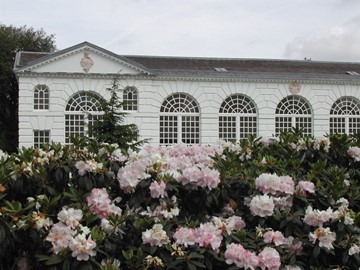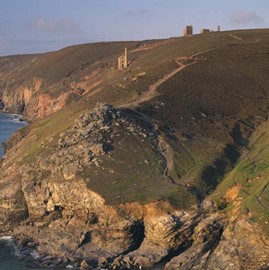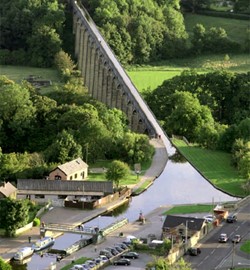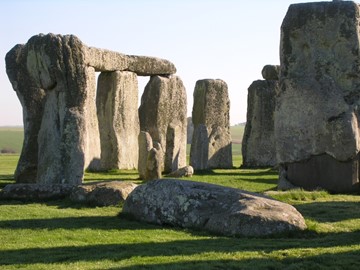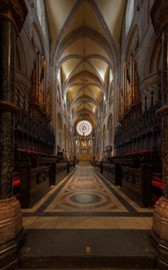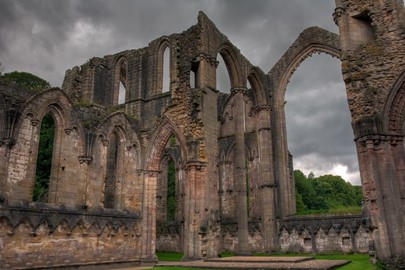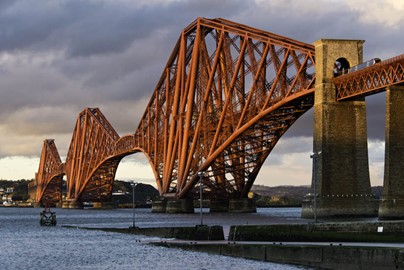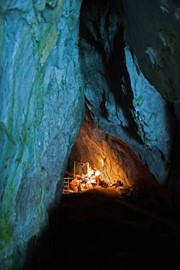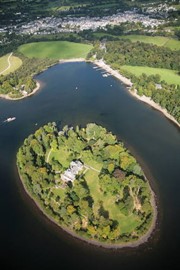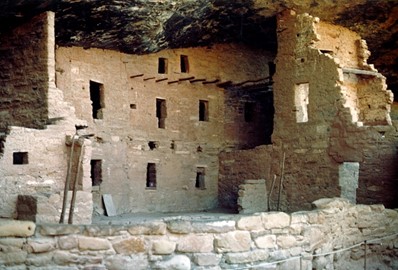category :: cultural
Tower of London
The Tower of London, a UNESCO World Heritage site in the UK, is a historic fortress founded in 1066 by William the Conqueror. Renowned for its role as a royal palace, prison, and treasury, it has housed the Crown Jewels since the 14th century and remains a symbol of British monarchy and history. Its iconic White Tower and medieval architecture attract millions of visitors annually, offering insights into centuries of political intrigue and royal legacy.
Canterbury
Canterbury, a UNESCO World Heritage Site in the UK, is a historic city renowned for its well-preserved medieval architecture and cultural significance. At its heart lies Canterbury Cathedral, a masterpiece of Gothic design and the seat of the Archbishop of Canterbury, which has been a focal point of Christian pilgrimage since the martyrdom of Thomas Becket in 1170. The city’s ancient walls, charming cobbled streets, and the ruins of St. Augustine’s Abbey further highlight its rich history, making it a treas... Read More
Edinburgh
The Old and New Towns of Edinburgh, a UNESCO World Heritage site, showcase a remarkable blend of medieval and Georgian architecture. The Old Town features narrow, winding streets and historic landmarks, reflecting its medieval origins, while the New Town boasts elegant neoclassical buildings and planned urban design from the 18th century. Together, they represent centuries of cultural and historical development, offering a well-preserved glimpse into Scotland’s past.
Maritime Greenwich
Maritime Greenwich, a UNESCO World Heritage site in the UK, is renowned for its rich naval history and architectural significance. It features the historic Royal Observatory, where the Prime Meridian defines Greenwich Mean Time, alongside elegant buildings like the Queen’s House and the Old Royal Naval College, designed by prominent architects such as Christopher Wren. This site exemplifies Britain’s maritime legacy, showcasing its contributions to navigation, science, and global exploration.
St. George
The Historic Town of St George, a UNESCO World Heritage Site of UK in Bermuda, is renowned as one of the earliest English colonial towns, established in 1612. It features a well-preserved historic townscape with charming vernacular architecture and a network of fortifications that showcase the evolution of British military engineering from the 17th to 20th centuries. Recognized in 2000, this site highlights a unique blend of cultural and maritime heritage, reflecting its significance as a continuously inhab... Read More
Blaenavon Industrial Landscape
The Blaenavon Industrial Landscape, a UNESCO World Heritage Site in the UK, showcases the pivotal role of South Wales in the Industrial Revolution through its well-preserved 18th and 19th-century ironworks, coal mines, quarries, and transportation systems. Recognized in 2000, it features key sites like the Blaenavon Ironworks and Big Pit National Coal Museum, alongside workers’ housing and social infrastructure, illustrating the technological and societal advancements of early industrialization. This cultur... Read More
Saltaire
Saltaire is a UNESCO World Heritage Site in the UK, recognized for its well-preserved Victorian industrial village. Built in the 19th century by philanthropist Titus Salt, it features a model community with workers’ housing, a mill, and public buildings designed to improve living conditions during the Industrial Revolution. The site showcases Italianate architecture and urban planning, reflecting a blend of functionality and aesthetic appeal. Today, it stands as a testament to social reform and industrial h... Read More
Derwent Valley Mills
Derwent Valley Mills, a UNESCO World Heritage Site, is a historic industrial landscape recognized for its pioneering role in the Industrial Revolution. This site showcases a series of 18th- and 19th-century cotton mills, powered by water, that marked the shift from manual to mechanized production. The well-preserved mills, workers' housing, and water management systems illustrate the technological and social innovations that shaped modern industry. It stands as a testament to the birth of the factory system... Read More
Kew Gardens
The Royal Botanic Gardens, Kew, a UNESCO World Heritage site in the UK, is a historic botanical garden renowned for its extensive plant collections and scientific research. Established in 1759, it houses over 50,000 species of plants, including rare and endangered varieties, within its beautifully landscaped grounds. Kew also features iconic structures like the Palm House and the Temperate House, alongside the world’s largest herbarium, making it a global leader in plant conservation and biodiversity studie... Read More
Cornwall and West Devon
This UNESCO World Heritage site in the UK is renowned for its historical significance and natural beauty. It features a dramatic landscape shaped by centuries of industrial mining, with remnants of engine houses, chimneys, and mineral-rich cliffs that highlight its pioneering role in the Industrial Revolution. The site also includes a world-class botanical garden, showcasing an extensive collection of plants from across the globe within iconic glasshouses. Together, these elements reflect a unique blend of ... Read More
Pontcysyllte Aqueduct and Canal
The Pontcysyllte Aqueduct and Canal, a UNESCO World Heritage site in the UK, is an impressive feat of 18th-century engineering designed by Thomas Telford. This 11-mile-long canal features the iconic Pontcysyllte Aqueduct, a 126-foot-high cast iron and stone structure that carries the waterway over a river valley, making it the tallest navigable aqueduct in the world. Recognized for its historical and architectural significance, the site exemplifies the ingenuity of the Industrial Revolution and attracts vis... Read More
Stonehenge and Avebury
Stonehenge and Avebury, a UNESCO World Heritage site in the UK, are renowned prehistoric monuments. Stonehenge, a circular arrangement of massive standing stones, dates back to around 3000 BCE and is celebrated for its precise engineering and mysterious purpose, possibly linked to astronomical observations. Avebury, one of the largest Neolithic stone circles in Europe, features a vast ring of stones enclosing a village, constructed around 2600 BCE, and is associated with ancient rituals and gatherings. Toge... Read More
Durham Castle and Cathedral
Durham Castle and Cathedral, a UNESCO World Heritage site, is an iconic historic landmark in the UK, renowned for its Norman architecture and cultural significance. The cathedral, constructed in the late 11th and early 12th centuries, stands as one of the finest examples of Romanesque design, featuring a striking tower and intricate stone carvings. Adjacent to it, the castle, originally built as a fortress in the 11th century, later served as a residence for bishops and now houses university students, blend... Read More
Westminster
The Palace of Westminster and Westminster Abbey, a UNESCO World Heritage site in the United Kingdom, form a historic architectural complex renowned for its cultural and political significance. The Palace, with its iconic Gothic design and the famous clock tower housing Big Ben, serves as the seat of the UK Parliament, reflecting centuries of legislative tradition. Adjacent Westminster Abbey, a masterpiece of medieval architecture, has been a site of royal coronations, weddings, and burials since the 11th ce... Read More
Studley Royal Park
Studley Royal Park, a UNESCO World Heritage site in the UK, is an exquisite 18th-century landscaped garden renowned for its elegant water features, manicured lawns, and historic architecture. The park encompasses the ruins of Fountains Abbey, a magnificent 12th-century Cistercian monastery, seamlessly blending natural beauty with cultural heritage. Its Georgian water garden, complete with canals, cascades, and classical statues, reflects the grandeur of its aristocratic origins. This harmonious estate stand... Read More
Forth Bridge
The Forth Bridge, a UNESCO World Heritage Site, is an iconic railway bridge completed in 1890, renowned for its distinctive red cantilever design and engineering innovation. Spanning the Firth of Forth, it was the world’s longest single cantilever bridge at the time, stretching over 2.5 kilometers with a maximum height of 110 meters above the water. Designed by Sir John Fowler and Sir Benjamin Baker, it remains a vital transportation link and a symbol of Victorian-era industrial achievement. Its robust stee... Read More
Gorham's Cave
Gorham's Cave Complex, a UNESCO World Heritage Site on the eastern side of the Rock of Gibraltar, is a significant archaeological location featuring four sea caves that reveal over 100,000 years of Neanderthal occupation. The site offers exceptional evidence of Neanderthal cultural traditions, including hunting practices, use of feathers for ornamentation, and abstract rock engravings, alongside insights into early modern human activity. Its scientific importance lies in contributing to our understanding of... Read More
Neolithic Orkney
The Heart of Neolithic Orkney is a UNESCO World Heritage site featuring a remarkable collection of prehistoric monuments. This archaeological treasure trove includes a well-preserved stone village, a mighty stone circle, and an impressive chambered tomb, all dating back over 5,000 years. These ancient structures offer a fascinating glimpse into the lives and beliefs of Neolithic people, showcasing their architectural prowess and cultural sophistication.
English Lake District
The English Lake District, a UNESCO World Heritage site in the UK, is renowned for its stunning natural beauty, featuring dramatic fells, serene lakes, and charming villages. This picturesque region has inspired poets, writers, and artists for centuries, including William Wordsworth and Beatrix Potter. Its rugged terrain offers a haven for outdoor enthusiasts, with opportunities for hiking, boating, and exploring historic sites. Recognized for its cultural and environmental significance, it remains a treasu... Read More
Ruins of Kilwa Kisiwani and Songo Mnara
The Ruins of Kilwa Kisiwani and Songo Mnara, a UNESCO World Heritage site in Tanzania, are remnants of two historic port cities that thrived between the 13th and 16th centuries as key trading hubs along the Swahili Coast. These sites feature well-preserved stone structures, including mosques, palaces, and houses, showcasing the architectural prowess and cultural richness of the medieval Swahili civilization. Once bustling with commerce involving gold, ivory, and spices, the ruins reflect the region’s signif... Read More
Zanzibar
The Stone Town of Zanzibar, a UNESCO World Heritage site, is a historic coastal trading hub renowned for its unique blend of African, Arab, Indian, and European architectural influences. This well-preserved urban settlement features a labyrinth of narrow streets lined with 19th-century stone houses, mosques, and palaces, reflecting its rich cultural heritage. Once a thriving center for the spice and slave trades, it remains a vibrant testament to its Swahili past, attracting visitors with its ornate wooden ... Read More
Kondoa Rock Art
The Kondoa Rock-Art Sites, a UNESCO World Heritage Site in Tanzania, feature an impressive collection of ancient rock paintings found in natural shelters along the Masai escarpment. Created over millennia by hunter-gatherer and pastoralist communities, the artwork depicts elongated human figures, animals, and scenes of daily life, showcasing a unique streaky style and high artistic value. These sites also hold cultural significance, as some shelters remain part of local rituals, reflecting a living heritage... Read More
Mesa Verde
Mesa Verde National Park, a UNESCO World Heritage Site in the United States, preserves the ancient cliff dwellings and archaeological treasures of the Ancestral Puebloans, who thrived there from around 600 to 1300 CE. The park showcases over 4,000 sites, including well-preserved stone villages built into cliff alcoves, offering a glimpse into their sophisticated culture and architecture. It serves as a vital link to understanding the history and resilience of Indigenous peoples in the region, with its drama... Read More
Independence Hall
Independence Hall, a UNESCO World Heritage site in the United States, is a historic landmark where the Declaration of Independence was adopted in 1776 and the U.S. Constitution was drafted in 1787. Constructed between 1732 and 1753, this Georgian-style brick building served as the meeting place for the Second Continental Congress and the Constitutional Convention. Today, it stands as a symbol of American democracy and is preserved within a national historical park, offering visitors a glimpse into the natio... Read More
Statue of Liberty
The Statue of Liberty, a UNESCO World Heritage site in the United States, is an iconic symbol of freedom and democracy. Gifted by France in 1886, this colossal copper statue depicts Libertas, the Roman goddess of liberty, holding a torch and a tablet inscribed with the date of American independence. Designed by French sculptor Frédéric Auguste Bartholdi and with its internal structure engineered by Gustave Eiffel, it has welcomed millions of immigrants and visitors, embodying the nation's ideals of opportun... Read More








